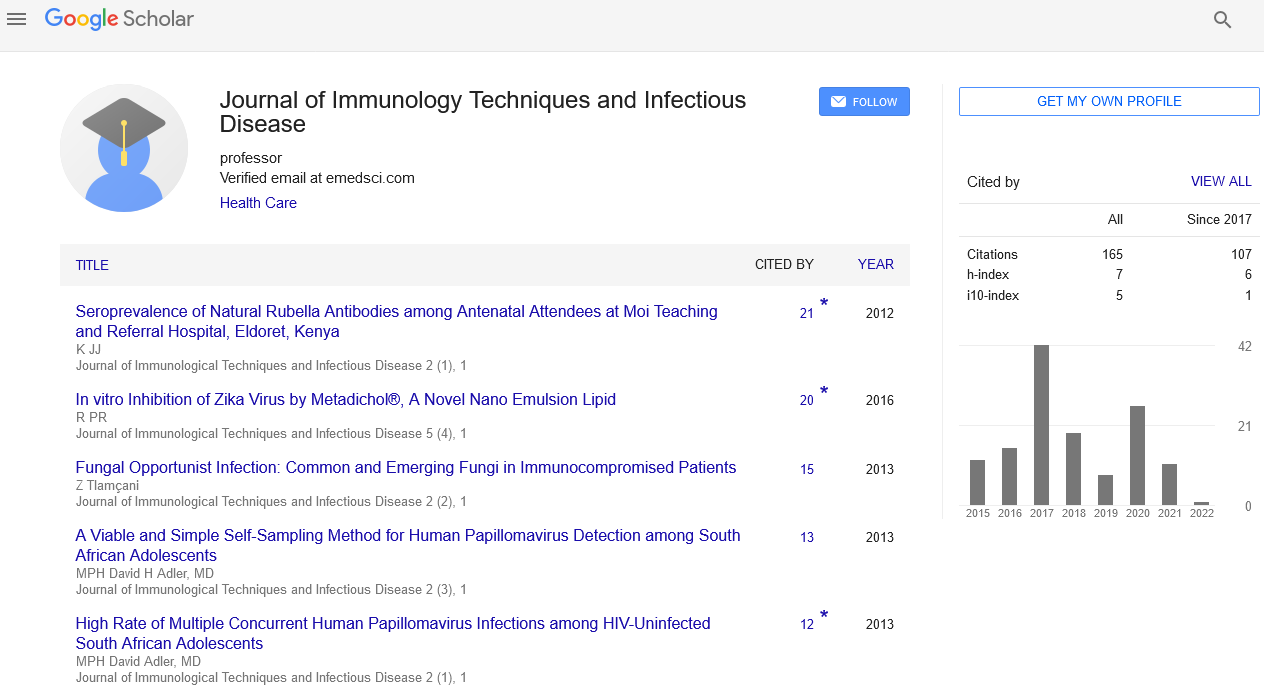Investigation of highly pathogenic avian influenza outbreak at the shores of lake victoria, Uganda
Musa Sekamatte, Kato Charles Drago, Fred Monje and Robert Aruho
Zoonotic Disease Coordination Office, Uganda
: J Immunol Tech Infect Dis
Abstract
Uganda Wild Life Education Center (UWEC) received reports from fishermen about the massive death of wild birds (white winged black terns) at Lutembe bay on the shores of Lake Victoria in Wakiso district. The Zoonotic Disease Coordination Office (ZDCO) was alerted on 3rd January, 2017. On 5th January, 2017 a One Health team was sent to the field with the main objective to establish the magnitude of the problem, affected species, cause of death of the wild birds and to collect samples for laboratory analysis. On 13th January, 2017, another report was received from Masaka district about the death of wild birds and poultry in Bukakata sub-county, Bukibanga Parish and Kachanga village. On 16th January 2017, the Ministry of Health declared an outbreak of Highly Pathogenic Avian Influenza, HPAI (H5N1) according to the press release through the office of the Director General Health Services. On 30th January 2017, this was later confirmed to be H5N8. Carcasses tissue and full blood sample were collected from the white winged black tern wild birds at Lutembe bay as well as domestic birds (chicken and ducks) in Masaka and then later taken to the National Animal Disease Diagnostic and Epidemiology Centre (NADDEC) and Uganda Virus Research Institute (UVRI) laboratories in Entebbe for testing. All seven tissue samples collected at Lutembe bay tested positive for HPAI, Five ducks and one chicken. At first results declared where of H5N1 subtype but later it was confirmed that it was H5N8 subtype. There was a challenge of lack of primers in at NADDEC and UVRI to type the N for this HPAI outbreak and samples were flown to Italy Rome for confirmation. It is evident that the white winged black terns carried the virus and spread it to the domestic birds. Domestic birds continued to die massively until now the outbreak has not stopped in birds due to H5N8 subtype that has not been seen to affect humans.
 Spanish
Spanish  Chinese
Chinese  Russian
Russian  German
German  French
French  Japanese
Japanese  Portuguese
Portuguese  Hindi
Hindi 
